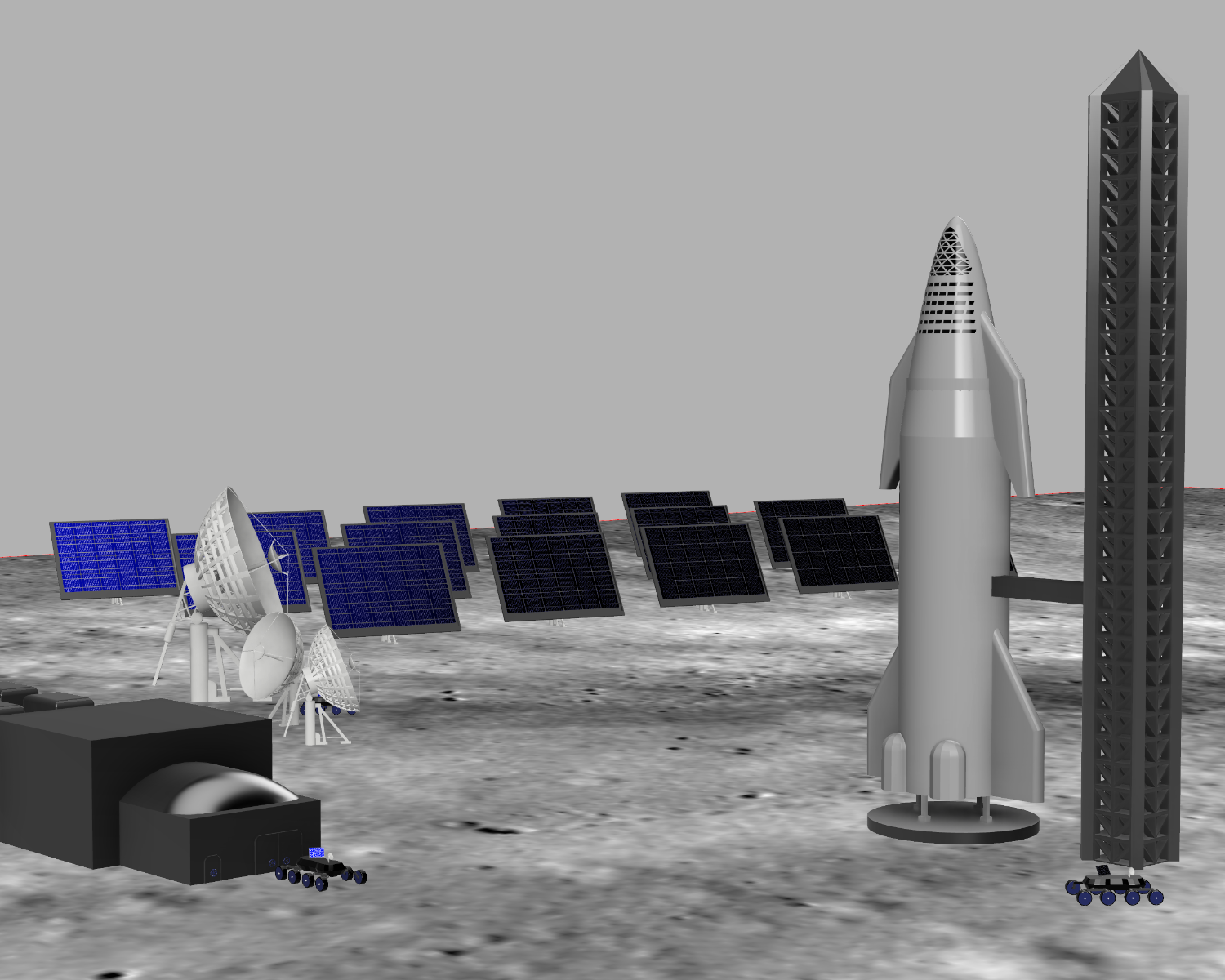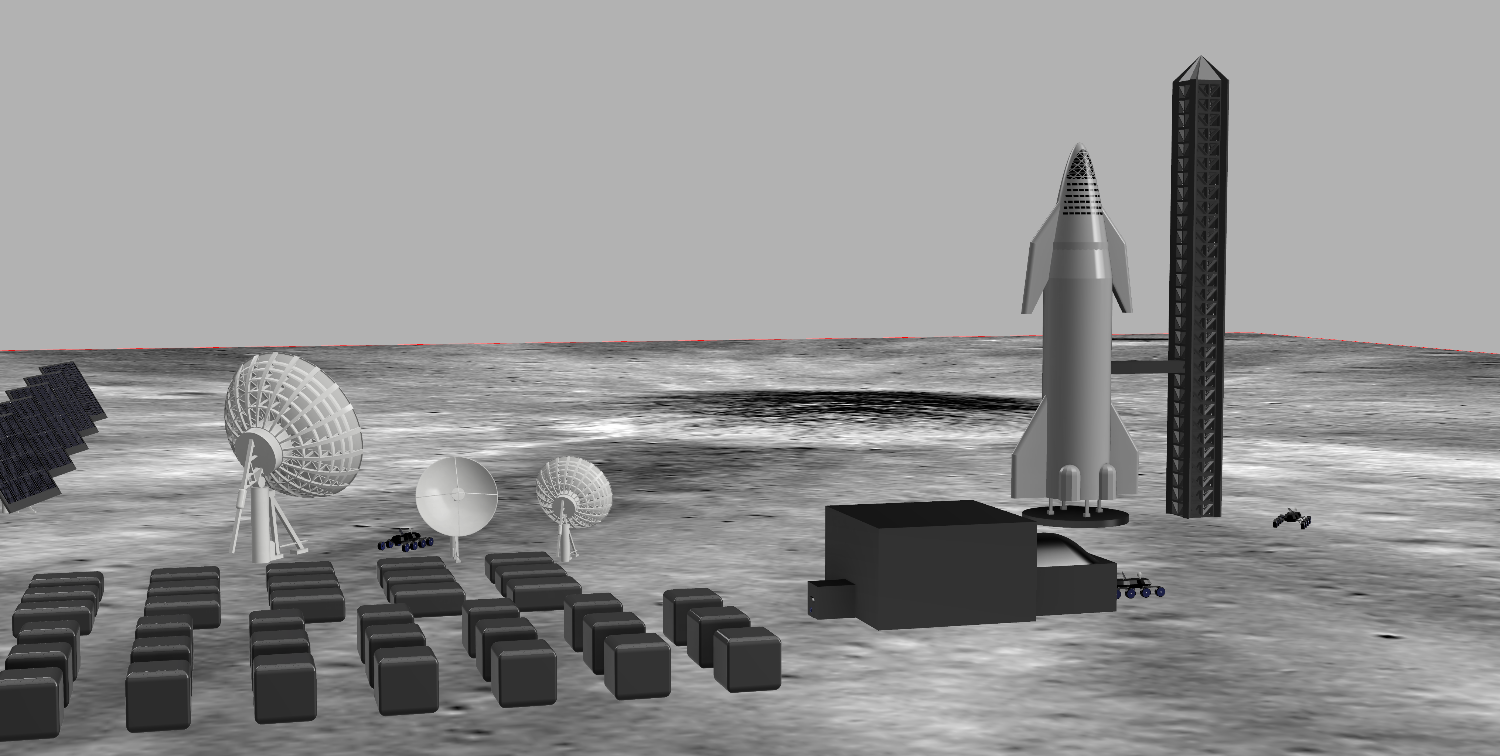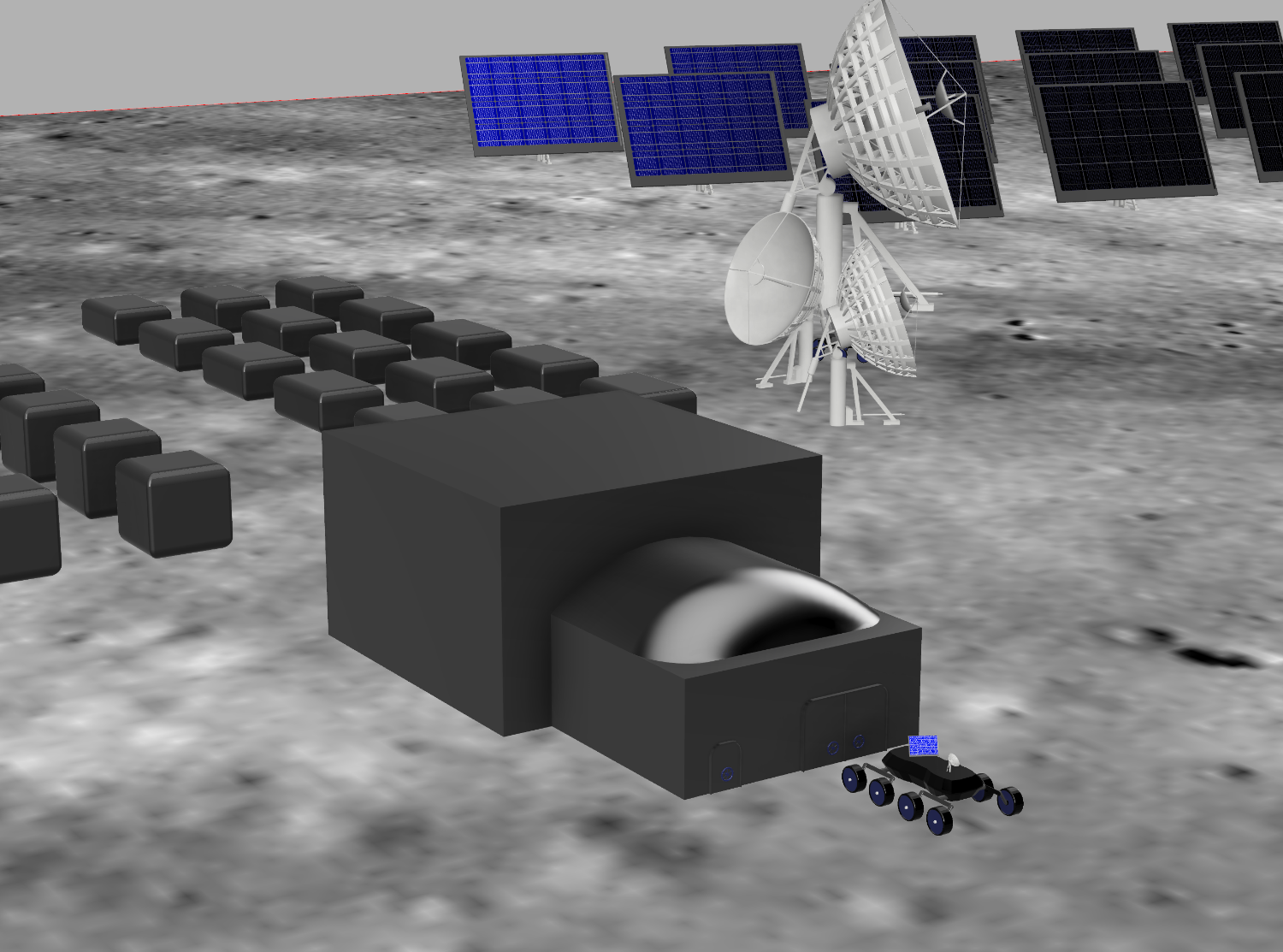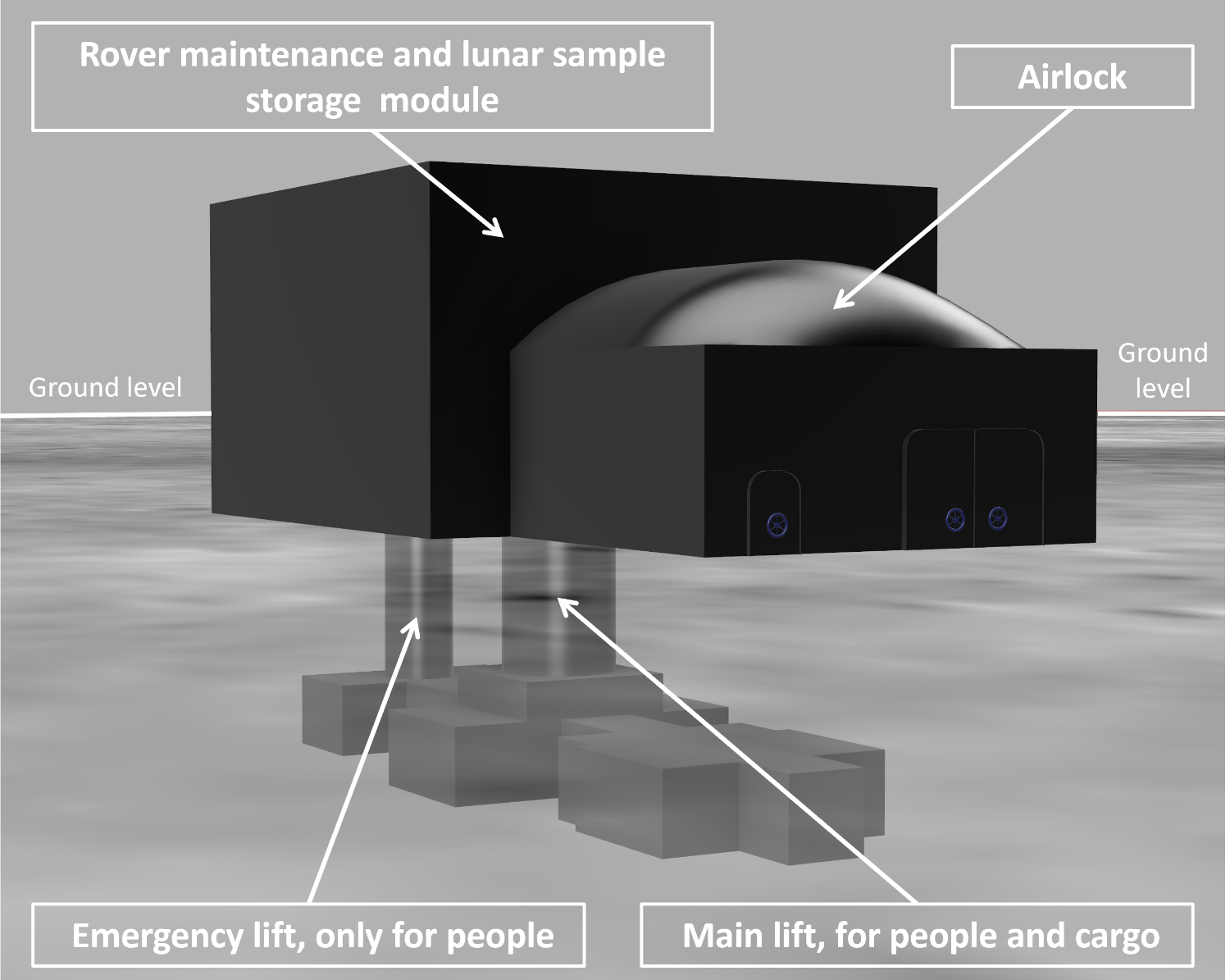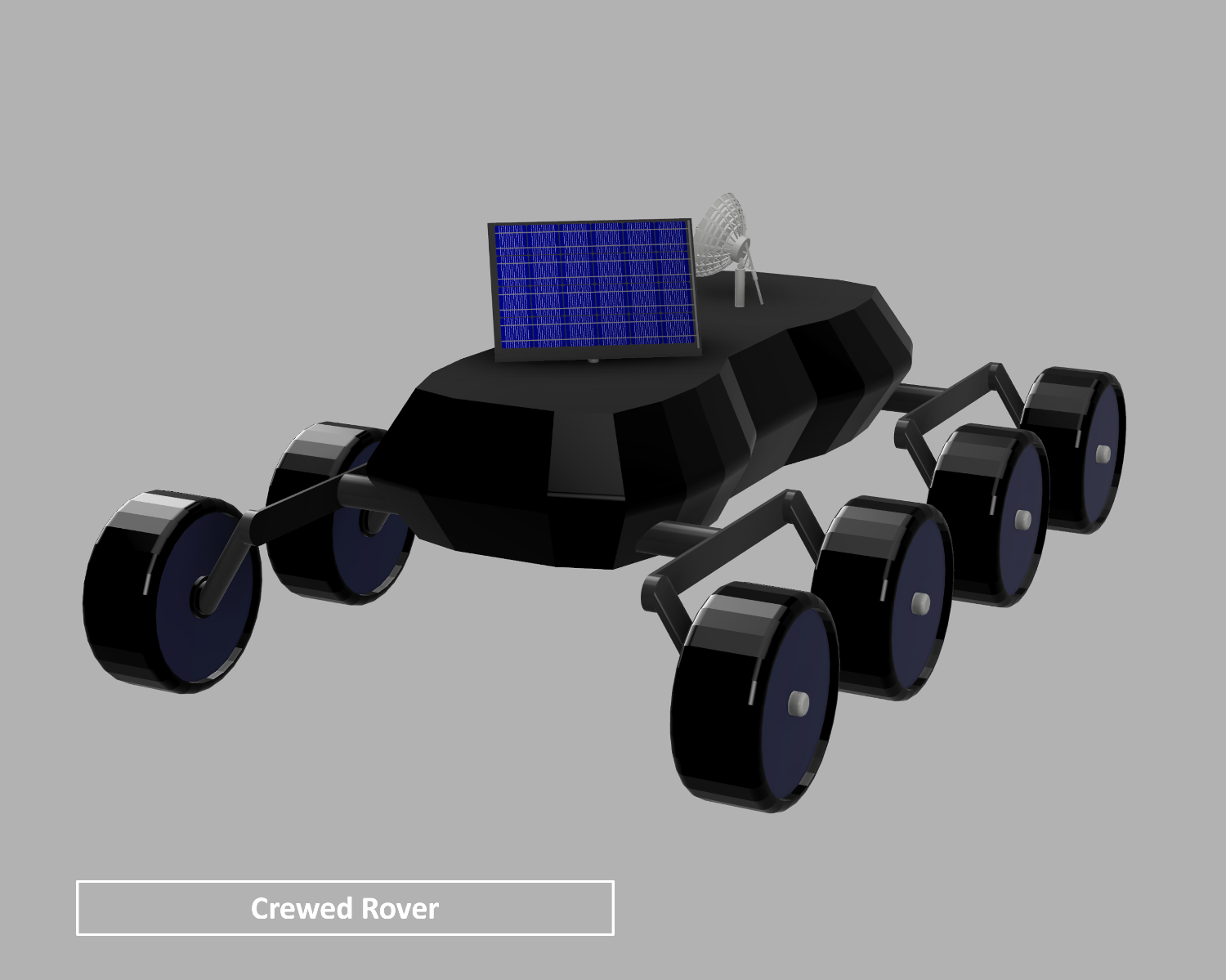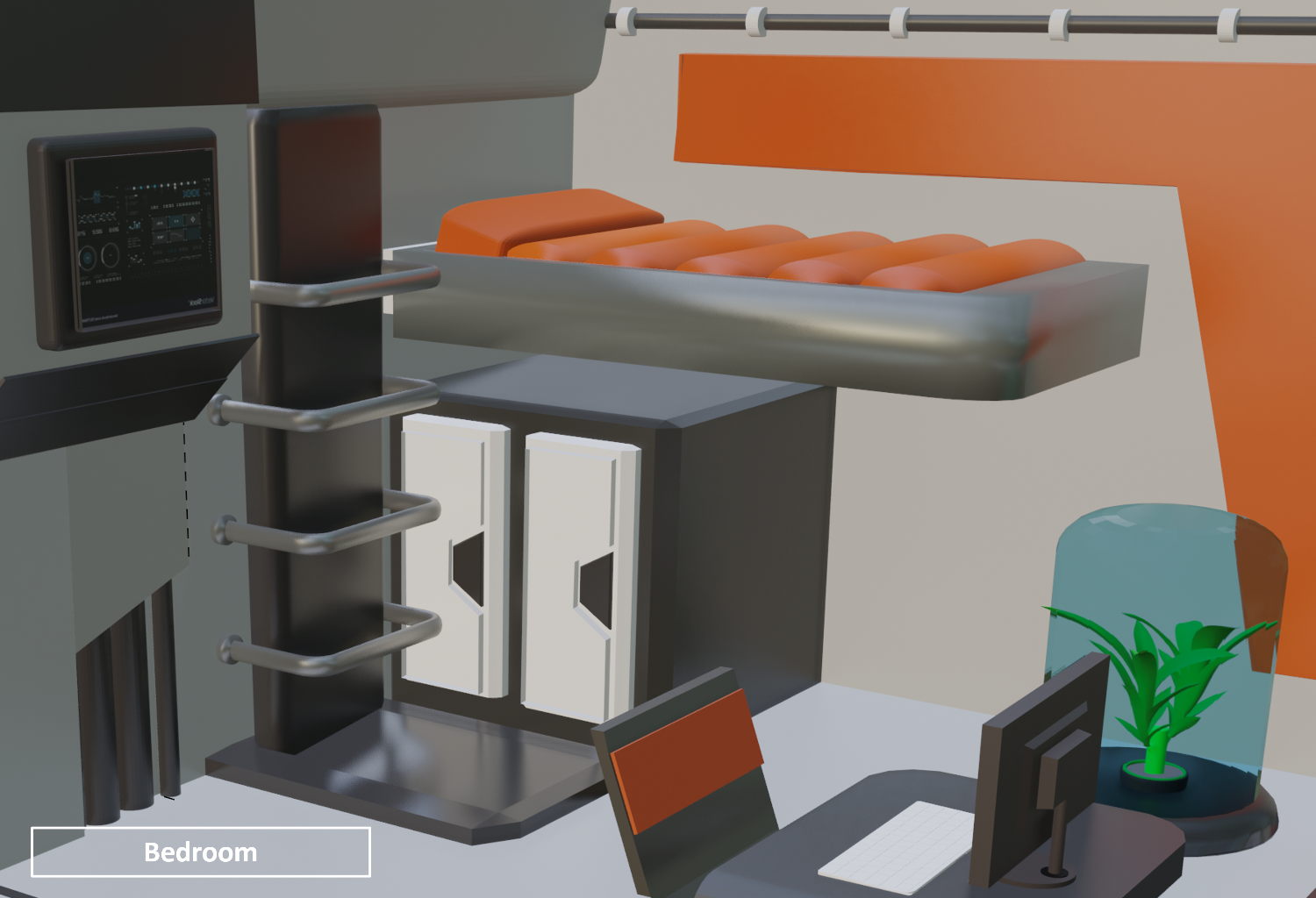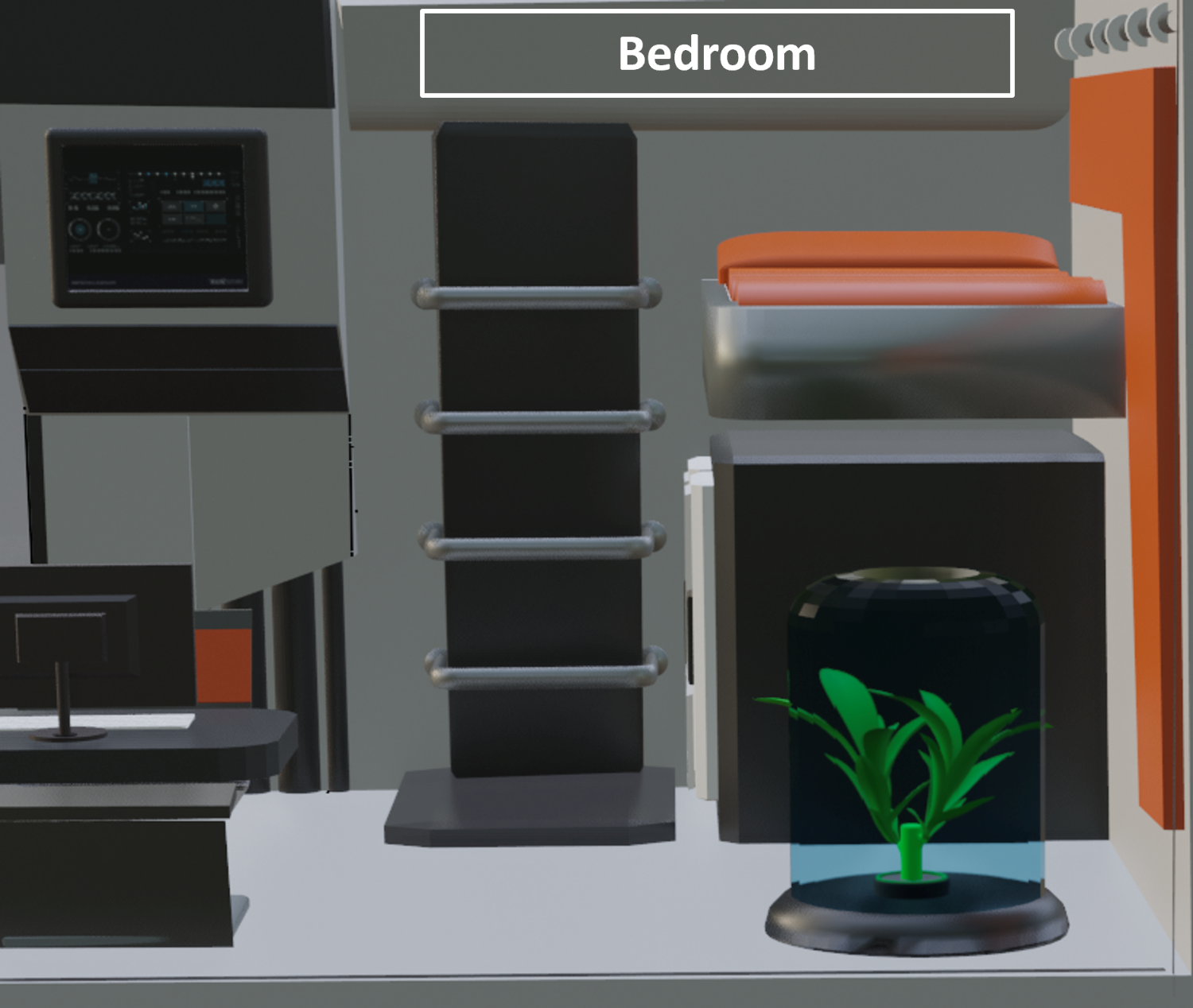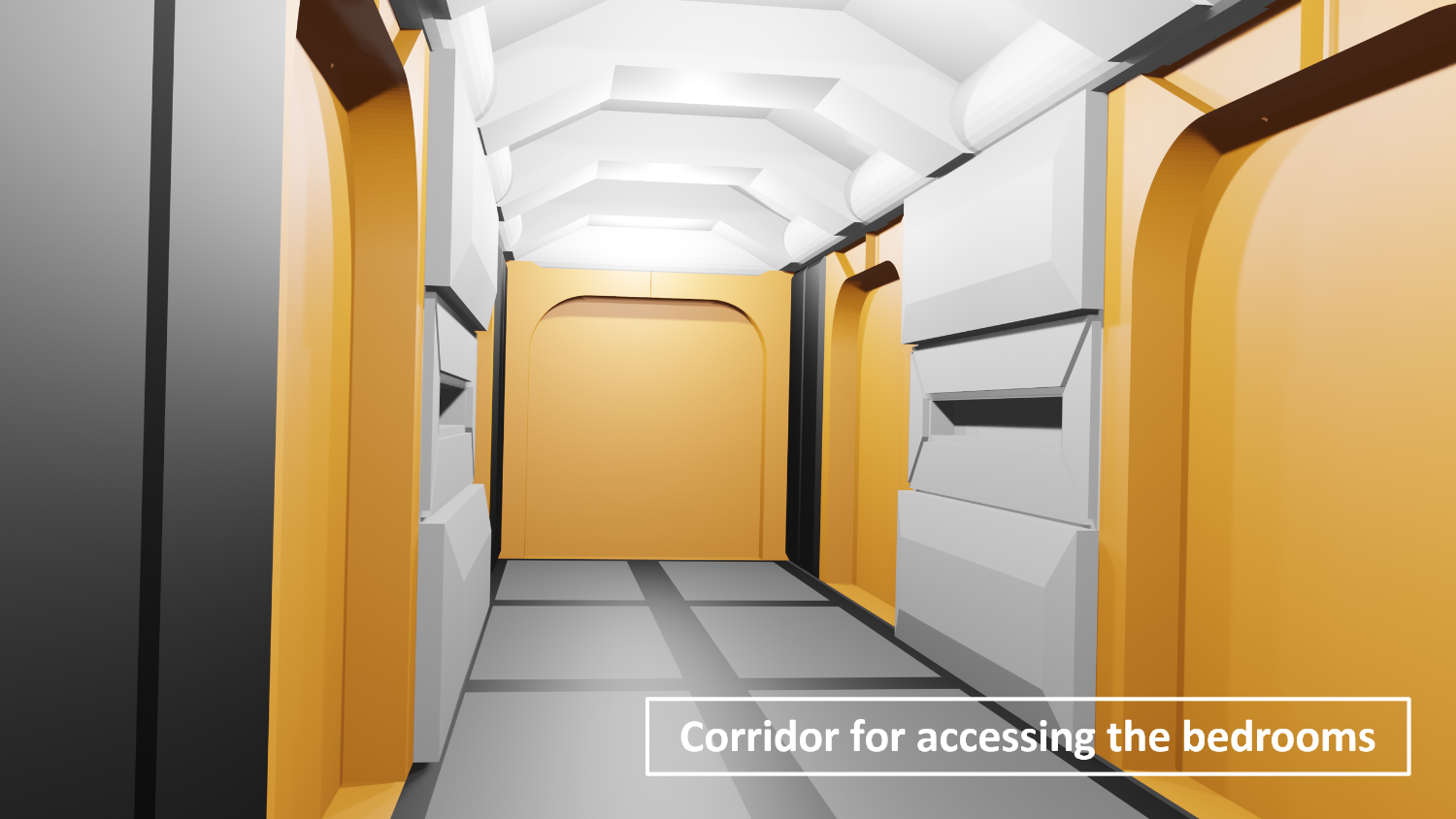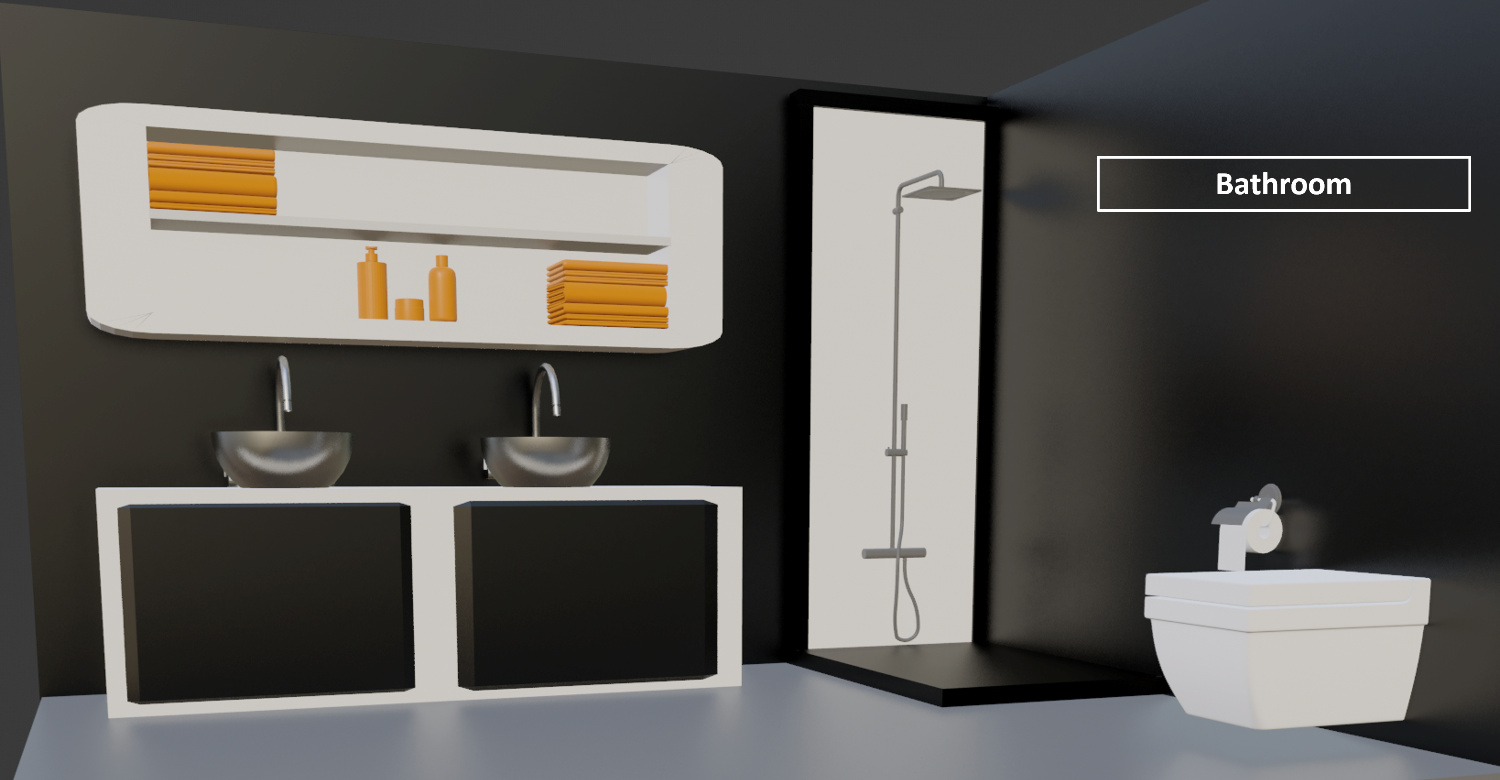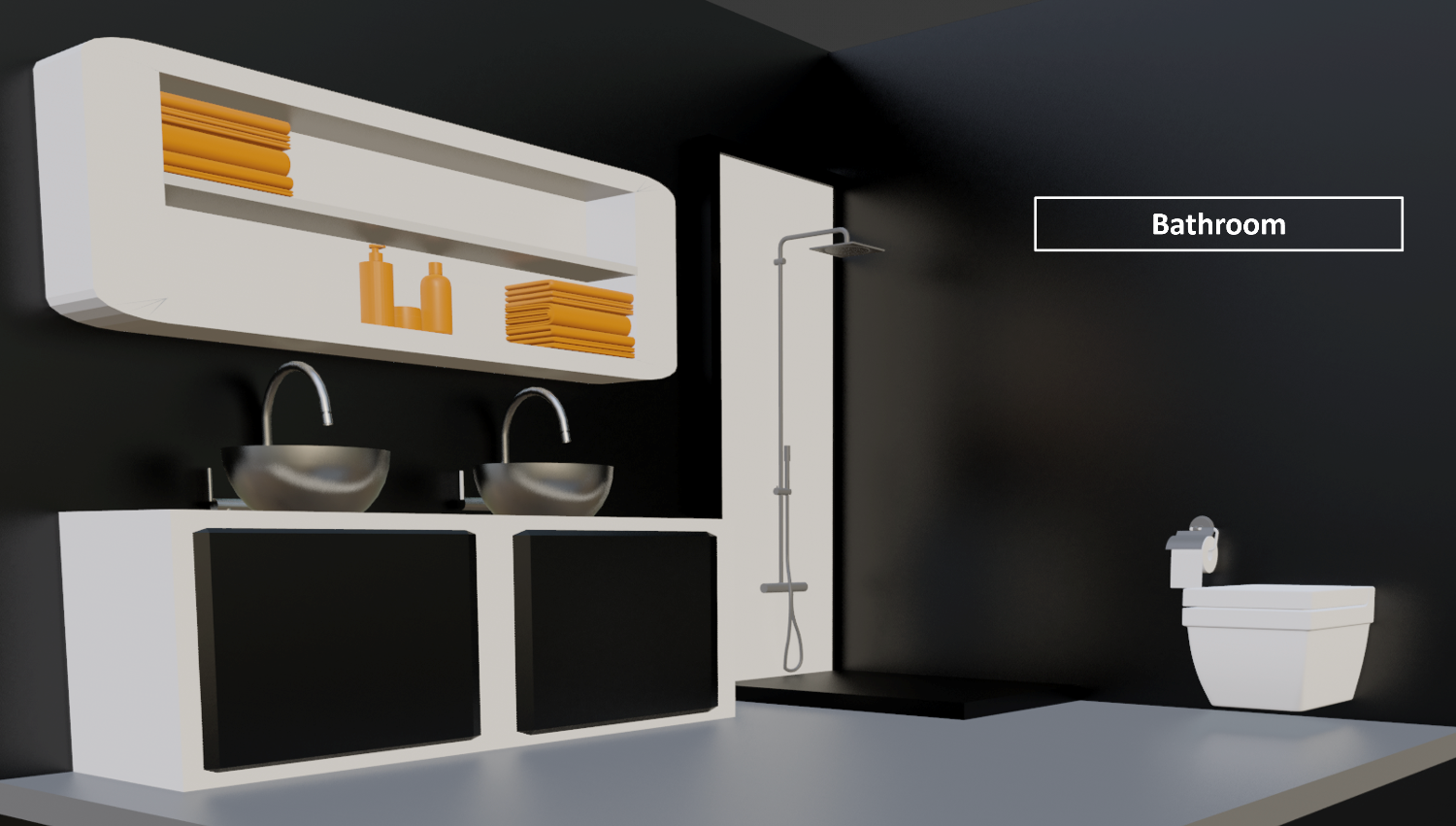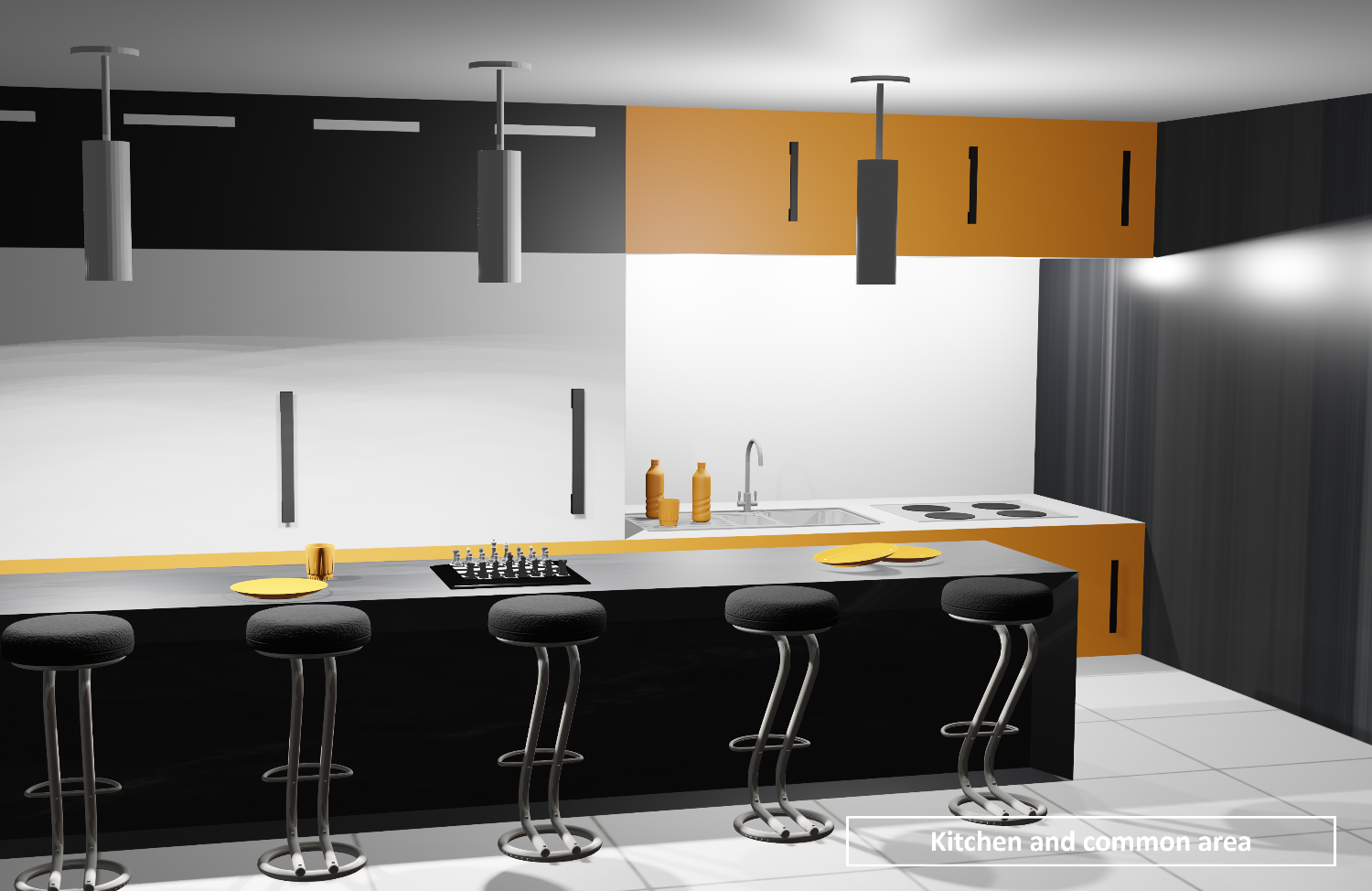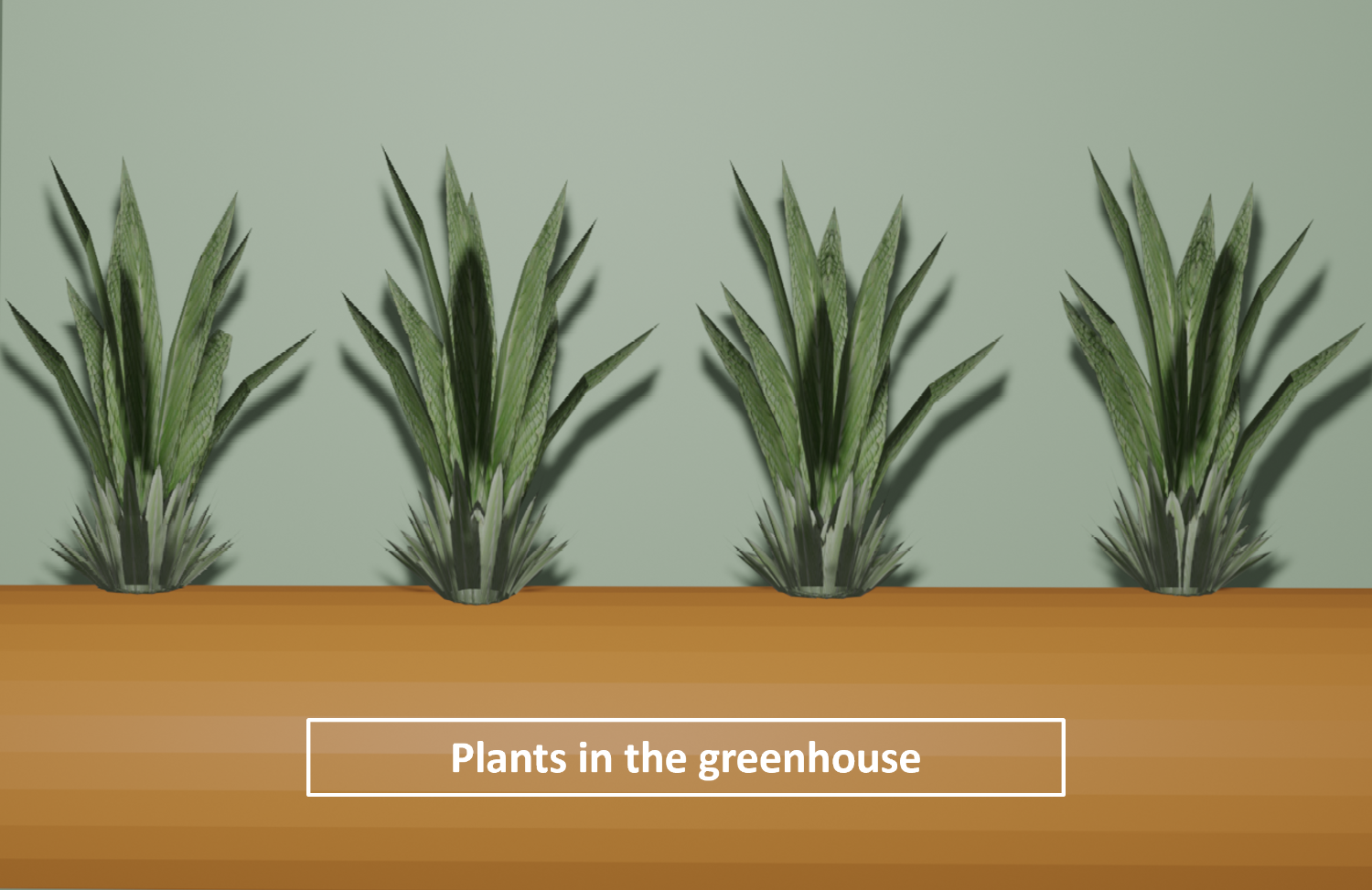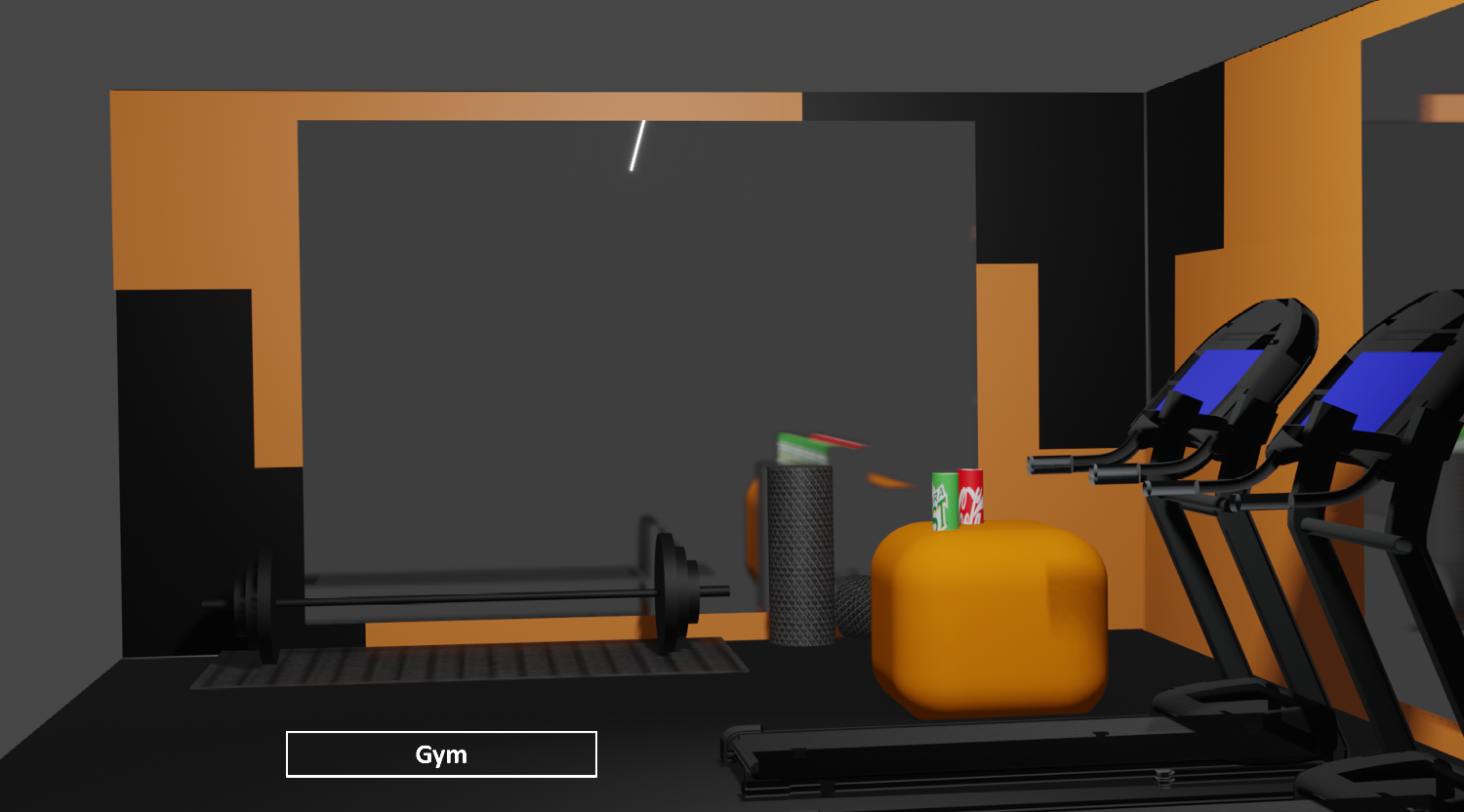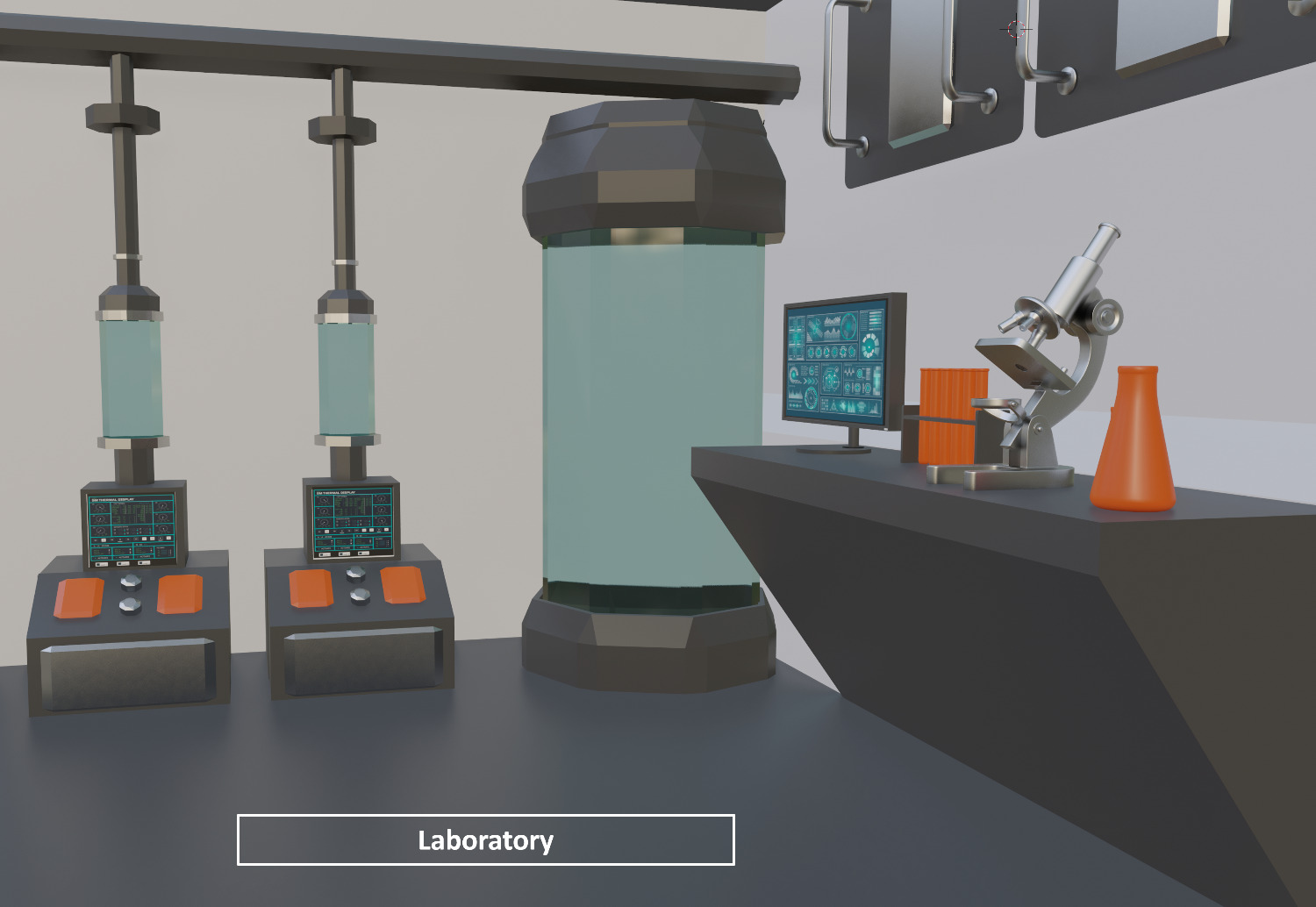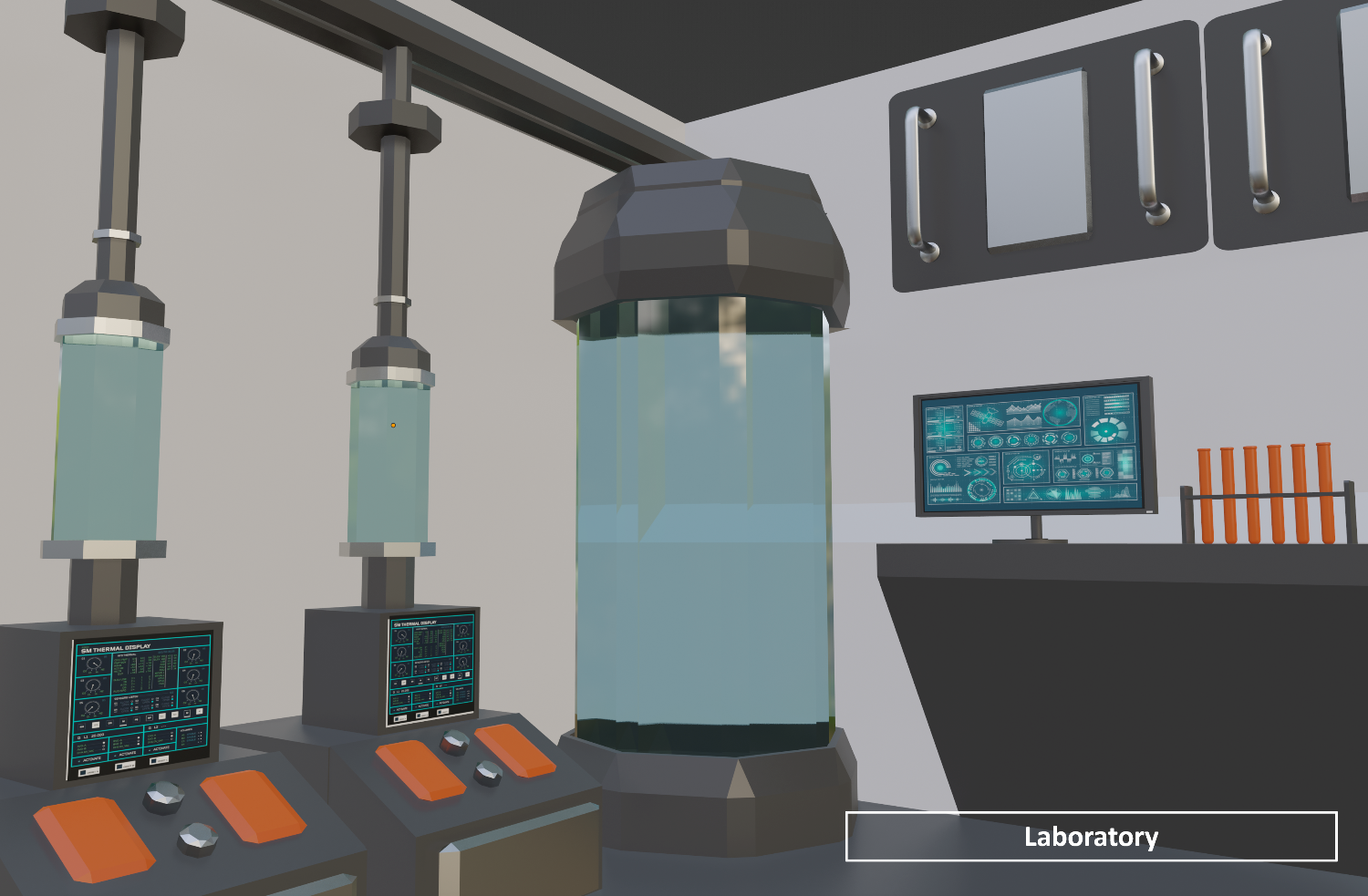Moon Camp Pioneers Gallery 2021-2022
In Moon Camp Pioneers each team’s mission is to 3D design a complete Moon Camp using Fusion 360. They also have to explain how they will use local resources, protect astronauts from the dangerous of space and describe the living and working facilities.
Team: Discoverers
Colégio Vasco da Gama Sintra Portugal 18, 17 4 /
External viewer for 3d project
|
Project description
Discoverer’s Moon Camp would allow astronauts to live and work on the Moon, while also possessing several secondary structures responsible for guaranteeing the energy supply to all the equipment, – solar panels – the communications between astronauts and between Moon and Earth, – antennas – and the storage of energy and resources – high-efficiency batteries and tanks for water, fuel, regolith and gases. In order to reduce costs and promote sustainability, the team designed a base that would provide maximum comfort while occupying the minimum possible area and requiring the least possible amount of resources. The living space would be located underground and divided in two areas, one for work and another one for leisure, so that a clear distinction between work and rest hours could be established. The kitchen would be a common area, where astronauts could spend some of their rest time together, but each one of them would have a separate bedroom, for more privacy. On surface level would only be situated the airlock and the rover storage and maintenance module, where lunar samples would also be stored before being analysed on the lab. Underground divisions would be accessed by a main lift, for people and cargo, and by a secondary lift, only for people, to use in case of emergency. Several manned rovers would be available as well, for astronauts to conduct missions on lunar soil that could involve travelling bigger distances. A spaceship launch pad would allow the transportation of goods and people between the Earth and the Moon. |
|||
|
2.1 Where do you want to build your Moon Camp?
The location of the Moon Camp would be the Clavius Crater. This crater is located at the South Pole of the Moon and water is present in it, in the form of ice. Astronauts would not only be able to take advantage of this water for personal or agricultural use, for example, but this location also offers great exposure to sunlight, which guarantees the energy supply of the Moon Base. The Clavius Crater becomes the ideal place for all the reasons mentioned above, and, also, for ensuring that the temperature doesn’t suffer huge oscillations. 2.2 How do you plan to build your Moon Camp? Describe the techniques, materials and your design choices.
In order to build the moon camp, the first step would be to send autonomous rovers and boring machines to the Moon, since the largest part of the camp would be located underground. The boring machines would be responsible for excavating the lunar soil, while the rovers would build and assemble the different base modules on location, using 3D printers for interior components, such as pipes, and producing lunar concrete for all the exterior walls, including those of the underground divisions. Lunar concrete is made using lunar regolith and urea from human urine, which acts as a plasticizer, reducing the amount of water needed for construction on the Moon. Its strength enables it to be used in the foundation of structures. Besides, it offers additional protection to the astronauts from the harsh lunar conditions, such as extreme temperatures and lethal radiation levels. Once the base structure is complete and the environment is adequate, pieces of equipment and lightweight furniture would be transported to the Moon together with the first astronauts, who would arrange them inside the base. Bigger crewed rovers for the astronauts would also be sent to the Moon on this stage. If needed, more modules could be added to the space station in the future, were it to accommodate more astronauts, with the production of lunar concrete and the 3D printing of further components. By building the base on location, with lunar materials, and using lightweight furniture, costs associated with transport and construction would be drastically reduced. 2.3 The environment on the Moon is very dangerous for the astronauts. Explain how your Moon Camp will protect them. (maximum 150 words)
The Moon Base would need to protect the astronauts from the harsh lunar conditions and dangers, mainly extreme temperature fluctuations, the impact of meteorites, harmful radiation levels and the inexistence of an atmosphere. Firstly, since the camp was going to be located on the south pole, astronauts would be exposed to significantly lower temperature fluctuations than the ones registered in other regions of the Moon. Moreover, due to permanent exposure to sunlight, energy production would occur constantly, some of which could be used for heating. Most of the base would be situated underground, providing a permanent level of protection against the impact of meteorites and lethal radiation. Although higher costs are associated with this option, due the excavations that are required to build the base, safety is considerably higher. The main building material, lunar concrete, would provide additional protection from harmful radiation, temperature fluctuations and the outside vacuum. |
|||
|
2.4 Explain how your Moon Camp will provide the astronauts with:
|
Water
|
Food
|
Power
|
Air
|
|
Initially, water would be brought from Earth, as no equipment would be in place to allow its extraction on the Moon. Later, it would be obtained from lunar ice. However, proper research should be done to evaluate the impact of lunar ice’s extraction. Water recycling would occur permanently. |
Initially, all food would be brought from Earth. Later, mainly vegetables would be grown on the Moon, in greenhouses located underground. As such, artificial lighting would be used, allowing for the regulation of the amount of time during which plants would be exposed to light, but also protecting them from harmful radiation levels, as they would not be exposed to direct sunlight. Astronaut waste could be used as fertiliser, contributing to the sustainability of the base. To complete people’s diet with other nutrients, mainly protein, some food products would be brought from Earth constantly. |
Most of the energy required to run the Moon Base would come from solar panels located on the surface. Because the Moon Camp is situated on the south pole, exposure to sunlight would be essentially permanent. However, to prevent scenarios in which the solar panels would be unavailable, such as in cases of malfunction or during lunar eclipses, high-efficiency batteries would be installed on the base, supplying it with all energy it might need during a short temporary period, until the solar panels became available again. Some fuel would also be brought from Earth and stored in tanks to use in case of emergency. |
Initially, a breathable atmosphere for the base would be imported from Earth, with the gases being transported to the Moon in compressed air tanks. Later, with all the equipment already in operation, oxygen could be obtained from the electrolysis of water or lunar regolith. The process of extracting oxygen from regolith, though highly efficient, requires large quantities of energy and advanced industrial equipment, so it should be initially adopted as an experimental process. Carbon dioxide would also be an essential gas. Recent studies confirm the existence of lunar carbon dioxide cold traps but do not guarantee that solid carbon dioxide is present in those, so astronauts should do some research to conclude if carbon dioxide does exist there and if it would be feasible to extract it. If not, it could be imported from Earth, as it would always happen with nitrogen. |
|
2.5 Explain what would be the main purpose of your Moon Camp.
The Moon Camp’s main purpose would be to do lunar scientific research. For example, it could be used for the studying of lunar samples or the environmental conditions, among other important aspects. The astronauts would work together to be successful in bringing useful information to Earth. It would also provide them with an opportunity to live for a longer period of time in space, giving a crucial insight into how life would be on distant planets. |
|||
|
3.1 Describe a day on the Moon for your Moon Camp astronaut crew.
The Moon Camp is to be initially inhabited by 5 astronauts: two engineers, a doctor, a biologist and a geologist. The day starts at around 7 a.m. The astronauts wake up, leave their rooms and head up to the bathroom, where they take care of their personal hygiene. Then, they go to the gym to keep in shape and do an hour of exercise, according to the recommendations given by the doctor. Later, they meet on the kitchen to have breakfast. Afterwards, the astronauts start working. One of the engineers will control the electrolysis of the water and the regolith. The other engineer will track the solar panels and batteries, being responsible for their maintenance and performance. The doctor should draw up a diet and exercise plan for the astronauts. He can also study the effects of lunar gravity on the human body over long periods of time. The biologist must take care of the plants, controlling the temperature and humidity. The geologist collects and analyses lunar samples in the laboratory. Around 1 p.m., the astronauts have lunch to recharge their batteries. They spend some time together in the kitchen. When they feel prepared, they get back to work until 6 p.m. At this time, the astronauts take a shower and have dinner. As night approaches, they go to their personal room, where they can relax and talk with their families, establishing communications with Earth. They end up going to bed around 10 p.m., in order to get enough rest for the next day, for it to be even more productive than the previous one. |
|||


